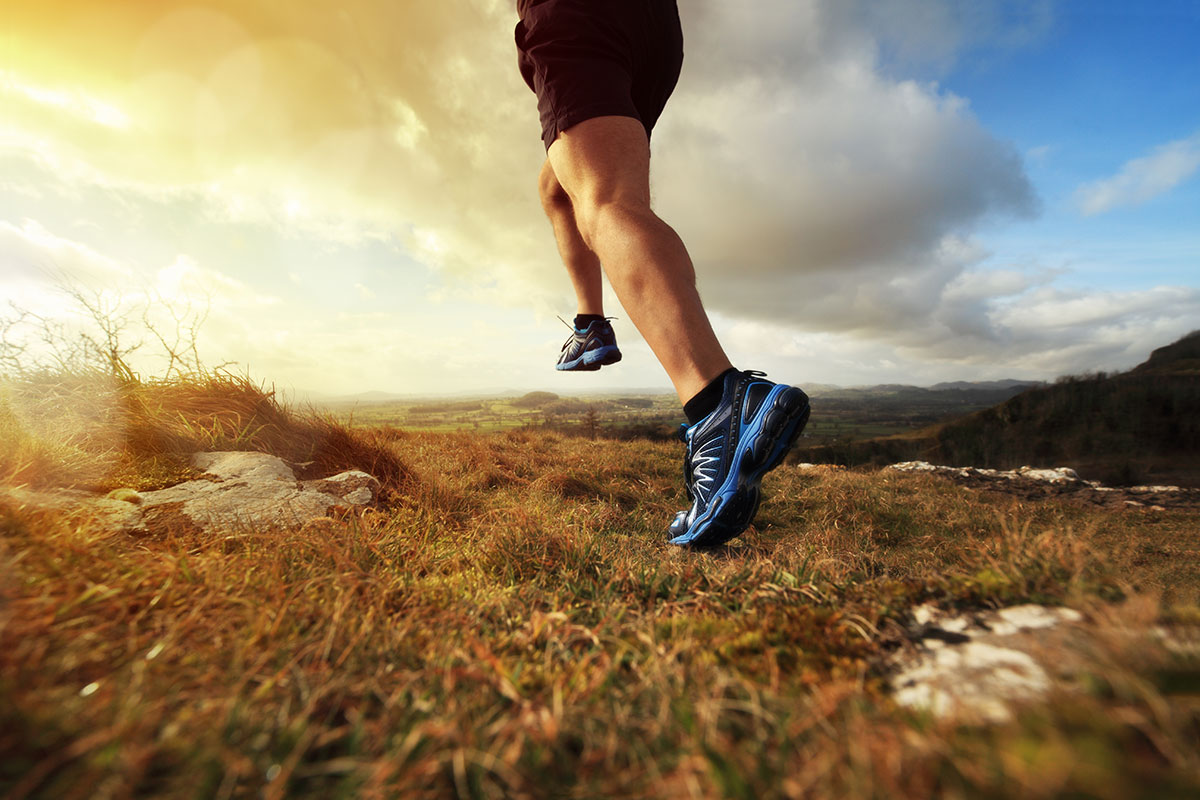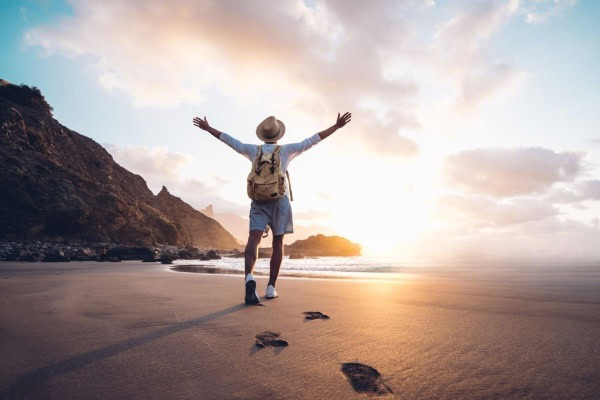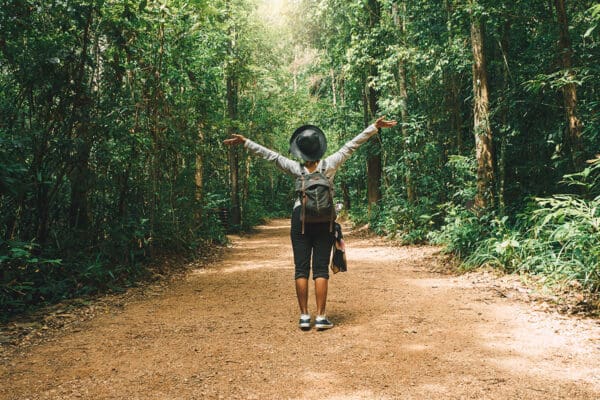When one thinks of psychedelic medicine, images of an ayahuasca circle and spiritual insight come to mind. However, increasingly, the use of psychedelics for performance enhancement has become popular. Taking psychedelics, in particular, through the form of microdosing, is popular in the tech world for cognitive performance enhancement. Artists are another group who benefit professionally from the creativity-encouraging voice of psychedelics. But could psychedelics also enhance physical performance? While there is not really any direct research on psychedelics and physical performance enhancement, modern-day endurance athletes and historical precedences say yes.
How Do Psychedelics Increase Performance?
The Pygmy tribes of equatorial west Africa used the iboga plant, which contains ibogaine, ceremonially for millennia. Iboga caught the eye of French explorers, in particular, the naval physician Gabon Marie-Théophile Griffon du Bellay during the 19th Century. He brought the psychedelic medicine back to France, where it was isolated and sold as Lambarène, as a stimulant and a mental and physical performance enhancement drug, during the 1930s to 1960s. Notably, it was used by World War II athletes before it became illegal in 1966. In the late 19660s, The World Health Assembly classified ibogaine as a “substance likely to cause dependency or endanger human health,” the FDA changed it to a Schedule I substance, and the International Olympic Committee banned it as a doping agent.
While at high doses, ibogaine produces a trip so powerful that one usually wants to lie down for the experience, a 1998 rodent study shows it can have stimulant effects at low doses. A 2020 study on microdosing LSD and psilocybin suggests that both can have a positive function on cognitive effects in low doses.
Dr. David Nichols of the University of North Carolina, the author of a 2016 overview of psychedelic science, and one of the most published psychedelic researchers and chemists, echoes this research by noting how psychedelics can affect brain function, visual perception, and time perception. But as Psychedelic Science Review notes, nothing on endurance. In an email to the publication, while stressing that he is unaware of research to date on physical endurance and psychedelics in humans, he did note animal research suggesting dopamine is responsible for increased energy and stamina.
“Psychedelics can turn off inhibitory GABA pathways that suppress dopaminergic tone. So dopaminergic activity is disinhibited, and the effect is similar to what happens if you take an amphetamine,” Dr. Nichols wrote.
But Can Psychedelics Increase Physical Performance?
As noted, there is currently no solid research providing a direct link between endurance sports or physical performance and psychedelics. But the internet is awash with anecdotal reports. “I find that I’m more focused, and have better body awareness and just can go for longer, that nagging voice to stop isn’t there, yet at the same time I feel that I find it easier to listen to my body and I’m more compelled to pay attention to my running form,” writes a Reddit user on microdosing LSD for a half-marathon. “The only drawback I found is that it raises my body temperature a little. Not as bad as with caffeine, but it’s noticeable.”
On the same thread, another athlete describes completing a Spartan race on a microdose of LSD. “[I] found the obstacles a physical challenge, but mentally was able to zone in…Monkey bars were actually fun!”
Such anecdotal reports suggest that microdosing psychedelics for endurance sports could help for more than the added stamina created by stimulating one’s dopamine receptors. The same cognitive benefits that tech entrepreneurs report can come in handy, especially during endurance sports such as running, swimming, or cycling, by helping an athlete remain focused under stress.
While there are no direct studies on endurance sports and psychedelics, a 2006 sports medicine study on fatigue may contain valuable insight. It suggests that an increase in the central ratio of serotonin to dopamine accelerates the onset of fatigue, as backed by evidence on the role of dopamine in amphetamine use.
If Dr. Nichols is correct in comparing dopaminergic activity in psychedelics to that of amphetamine, it could explain why some endurance athletes report increase performance.
Is Taking Psychedelics for Endurance Sports Dangerous?
It would be irresponsible not to mention that while it’s exciting to consider psychedelics for positive physical performance, they have side effects that could make strenuous physical activity dangerous. As Dr. Nichols writes in his 2016 study, while classic psychedelics (LSD, psilocybin, or mescaline) have not been directly responsible for causing death, they have produced effects that could be dangerous for one engaging in endurance sports such as long-distance swimming, running, or cycling.
“Users may believe that they are invincible or possess superpowers and may do things they would not normally consider, such as believing they can fly, jumping from buildings, or incurring severe ocular damage by prolonged staring at the sun,” he writes of taking psychedelics in an unsupervised setting. Obviously, someone in the middle of a steep and precarious mountain should not attempt to fly. A safe setting for a psychedelic trip is at home, or a safe place in nature, with a guide or sitter. Microdosing usually comes with less concern, but one should still make sure their setting is safe and supervised before microdosing for physical performance enhancement.
While classic psychedelics, such as LSD and psilocybin, are considered physically safe, one should always use them with caution. There is no direct evidence at this time regarding a connection between endurance sports and psychedelic medicine. However, if one is able to use them in a safe setting away from hazardous conditions or heavy weights, and at a low dose, it appears relatively safe, in particular in compassion to other performance-enhancing drugs, to try psychedelic medicine under the supervision of a therapist or doctor.









